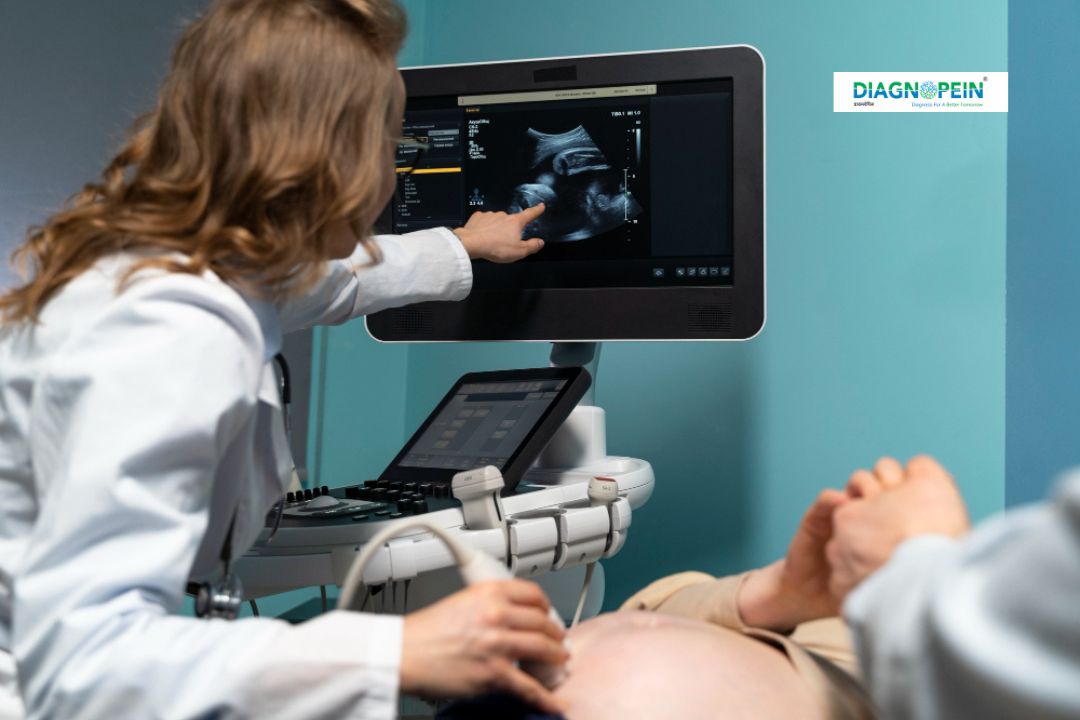Why Hysterosonogram SIS/SSG Is Important
The Hysterosonogram SIS/SSG test is vital for detecting invisible causes of infertility or abnormal bleeding that may not be identified through a standard ultrasound. By filling the uterine cavity with saline, the wall structures become clearly visible for accurate evaluation.
Common Reasons for Doing a Hysterosonogram SIS/SSG:
-
Investigating causes of infertility or recurrent miscarriage
-
Evaluating abnormal uterine bleeding or menstrual irregularities
-
Detecting polyps, fibroids, adhesions, or uterine septum
-
Assessing the endometrial lining before IVF or embryo transfer
-
Monitoring the result of uterine surgeries or medical treatments
A timely SIS/SSG scan can assist in making precise treatment decisions, improving reproductive outcomes, and preventing complications.
How the Hysterosonogram SIS/SSG Test Is Done
At Diagnopein, the Hysterosonogram SIS/SSG procedure is performed by expert radiologists in a comfortable, hygienic environment. The process usually takes about 15–30 minutes and includes these steps:
-
A preliminary transvaginal ultrasound is done to check baseline uterine and ovarian status.
-
A thin catheter (tube) is gently inserted through the cervix into the uterus.
-
Sterile saline solution is slowly introduced to expand the uterine cavity.
-
Real-time ultrasound images are captured to study the inner contours, lining, and presence of any abnormal growths or obstructions.
-
The radiologist records all findings for your gynecologist to interpret.
The test is generally painless, though some women may experience mild cramping or pressure. It does not require anesthesia or hospital admission.
Parameters and Results Interpretation
During a Hysterosonogram SIS/SSG, the following parameters are evaluated:
-
Uterine cavity shape and size
-
Endometrial thickness and uniformity
-
Presence of any polyps, fibroids, or adhesions
-
Tubal patency (in some cases, fluid flow into fallopian tubes is checked)
-
Lining response to hormonal therapy (if fertility treatment is planned)
Normal SIS/SSG results show a smooth, regular uterine cavity with uniform endometrial lining. Abnormal results may indicate polyps, fibroids, septa, or adhesions that could affect conception or menstrual health.
At Diagnopein, detailed SIS reports are reviewed by experienced radiologists and shared with your gynecologist to guide further management or fertility planning.








